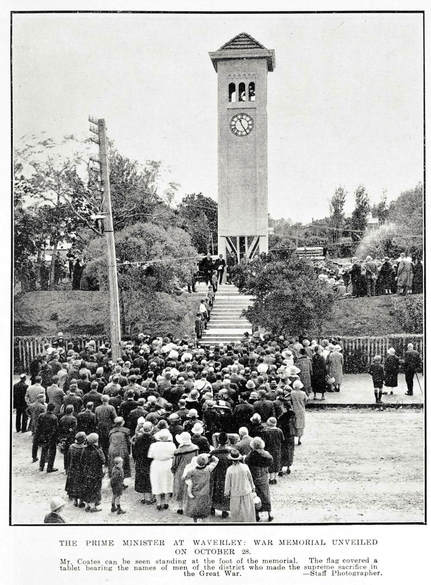PATEA HISTORICAL SOCIETY
-
Home
-
History
>
- Early Maori
- Early Pakeha.
-
Mayors of Patea
>
- Mr George F Sherwood
- Mr John Milroy
- Mr Robert A Adams
- Mr John Gibson
- Mr Charles Finnerty
- Mr William Cowern
- Mr James A McKenna
- Mr Herbert O Clarke
- Mr George Williams
- Mr Adolph Theodor Christensen
- Mr Charles A Larcombe
- Mr John J Holthom
- Mr P P Scott Finlayson
- Mr Fred Ramsbottom
- Mr Edward F H Hemingway
- Mr Alexander H Langslow
- Mr Guy W T Corbett
- Mr Allan Henry Prince
- Mr R Gordon Hughson
- Mr Norman Alec Kenneth Mackay
- Schools
- Patea Press
- Hospital
- Cemetery's
- Churches
- Freezing Works
- Patea Freezing Works Display
- Cool Stores
- Shipping
- SS Waitangi Wreck
- Patea Beach
- Patea Power Station
- Railway
-
History
>
-
War Memorials
- Alton WWI Memorial
- Alton WWII Soldiers
- Alton Hotel Soldiers Penny Board
- Hurleyville WWI & WWII Soldiers
- Kakaramea WWI Memorial
- Kakaramea WWII
- Manutahi WWI Memorial
- Manutahi WWII Soldiers
- Meremere WWI & WWII Memorial
- Ngamatapouri WWI Memorial
- Patea WWI Memorial
- Patea WWII Memorial
- Whenuakura WWI & WWII Soldiers
- Waitotara WWI Memorial
- Waitotara WWII Soldiers
- Waverley WWI Memorial
- Waverley WWII Soldiers
- About Us
- Events
- Contact

